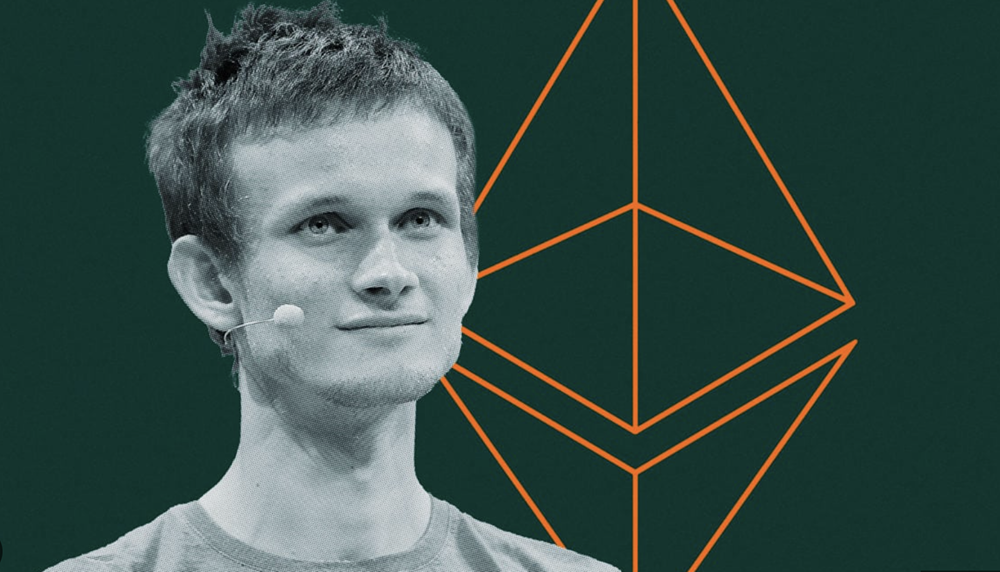On June 4, the Ethereum Foundation (EF) officially released its new fiscal policy for 2025, marking a significant strategic shift in financial management and ecosystem development for the world's largest smart contract platform. The new policy centers on "long-term sustainability," clearly stating that annual operating expenses will be gradually reduced from the current 15% of total assets to 5% over the next five years. It also introduces the "Defipunk" assessment framework for the first time, increasing support for the decentralized finance (DeFi) ecosystem. The policy was jointly formulated by Ethereum co-founder Vitalik Buterin, core developer Tim Beiko, and others, aiming to balance financial stability with ecosystem development, paving the way for Ethereum's critical development period in 2025-2026.

Cutting Expenses, Optimizing Asset Management
According to the latest disclosures from EF's official blog and social media platforms, the new fiscal policy establishes a strict asset management framework, with the core goal of ensuring that the foundation can maintain an operational buffer of at least 2.5 years in the future. The policy stipulates that annual operating expenses will be strictly controlled within 15% of total assets, with a plan to gradually reduce this to a long-term baseline of 5% over five years. This initiative is a direct response to past years' external criticisms regarding the transparency and efficiency of EF's fund usage.
In terms of asset management, EF has further refined its ETH sales strategy, staking deployment, and fiat currency reserve allocation plans. According to a post by X user @KKaWSB, EF will assess quarterly whether to sell ETH to supplement fiat reserves, prioritizing the assurance of a 2.5-year funding buffer. It also specifies that on-chain funds will only be deployed in "audited, permissionless, decentralized, and secure DeFi protocols," focusing on low-risk strategies such as staking and lending. For example, EF conducted test transactions on the Aave protocol in January, with funds stored in a multi-signature wallet requiring three confirmations for added security and transparency.
Notably, EF currently holds approximately 269,000 ETH, valued at about $894 million, a reduction of 56% from 617,000 ETH in January 2020. The new policy aims to enhance fund returns through on-chain investment strategies, attempting to offset the impact of reduced holdings via yields from DeFi protocols. X user @YimingHan pointed out that EF will balance operational needs with ecosystem support through "conservative financial management," ensuring that Ethereum's core values—decentralization, security, and autonomy—are upheld.
“Defipunk” Framework: Reshaping DeFi Ecosystem Support
Another highlight of the new policy is the introduction of the "Defipunk" assessment framework, defined by EF as the core standards for supporting DeFi projects, emphasizing four principles: permissionless access, self-custody, open-source code, and privacy protection. EF stated that it will prioritize funding and supporting DeFi protocols that meet these standards, aiming to cultivate an "Ethereum-native financial ecosystem that safeguards autonomy." This framework will not only apply to external project funding but will also serve as the basic guideline for EF's own treasury management.
According to PANews' report on X, EF clearly views 2025-2026 as a "critical period" for the development of the Ethereum ecosystem. Through strategic capital deployment, EF plans to provide liquidity to mature DeFi lending protocols while encouraging existing protocols to enhance decentralization and privacy features. For instance, EF may obtain stable returns by staking ETH or participating in liquidity pools of protocols like Aave and Compound, while promoting the protocols' development towards greater decentralization. This "leading by example" strategy is seen as a reflection of EF's long-term commitment to the DeFi ecosystem.
Previously, EF faced criticism for insufficient attention to the DeFi ecosystem. In January 2025, EF announced the allocation of 50,000 ETH (approximately $165 million) to support DeFi protocols, attempting to quell community dissatisfaction. The new policy further deepens this commitment, not only clarifying funding allocation directions but also establishing clear entry thresholds for DeFi projects through the "Defipunk" framework. Vitalik Buterin stated on X that this framework aims to "bring DeFi back to the decentralized spirit of Ethereum while providing users with safer and more private financial tools."

Core Members Driving, Strategic Significance Profound
The formulation of the new policy was led by core Ethereum members such as Vitalik Buterin and Tim Beiko, demonstrating a high level of consensus within EF on the strategic transformation. As early as January 2025, Vitalik announced that EF would undergo leadership and organizational restructuring to more efficiently support the developer community and enhance transparency. The release of this fiscal policy is seen as a continuation and deepening of this reform.
X user @jason_chen998 revealed that EF recently announced a layoff plan, clearly focusing its work on "delivery," concentrating on rapidly transforming research results into prototypes and production environments. This change aligns closely with the goals of the new fiscal policy, indicating that EF is transitioning from "idea-driven" to "execution-driven," striving to maintain a leading position in the increasingly competitive blockchain market.
In Conclusion
The Ethereum Foundation's new fiscal policy is not only a significant adjustment in financial management but also a reflection of the strategic upgrade of the Ethereum ecosystem. By cutting expenses, optimizing asset allocation, and embracing DeFi, EF demonstrates its determination to lead in the wave of decentralized finance. The introduction of the "Defipunk" framework injects new ideological guidance into the DeFi ecosystem. In 2025-2026, as a critical window for Ethereum's development, every move by EF will be closely monitored by the market and the community. Will this transformation help Ethereum break free from its "decline" and reshape its benchmark position in the blockchain industry? The answer may be revealed in the next 12 months.
免责声明:本文章仅代表作者个人观点,不代表本平台的立场和观点。本文章仅供信息分享,不构成对任何人的任何投资建议。用户与作者之间的任何争议,与本平台无关。如网页中刊载的文章或图片涉及侵权,请提供相关的权利证明和身份证明发送邮件到support@aicoin.com,本平台相关工作人员将会进行核查。




